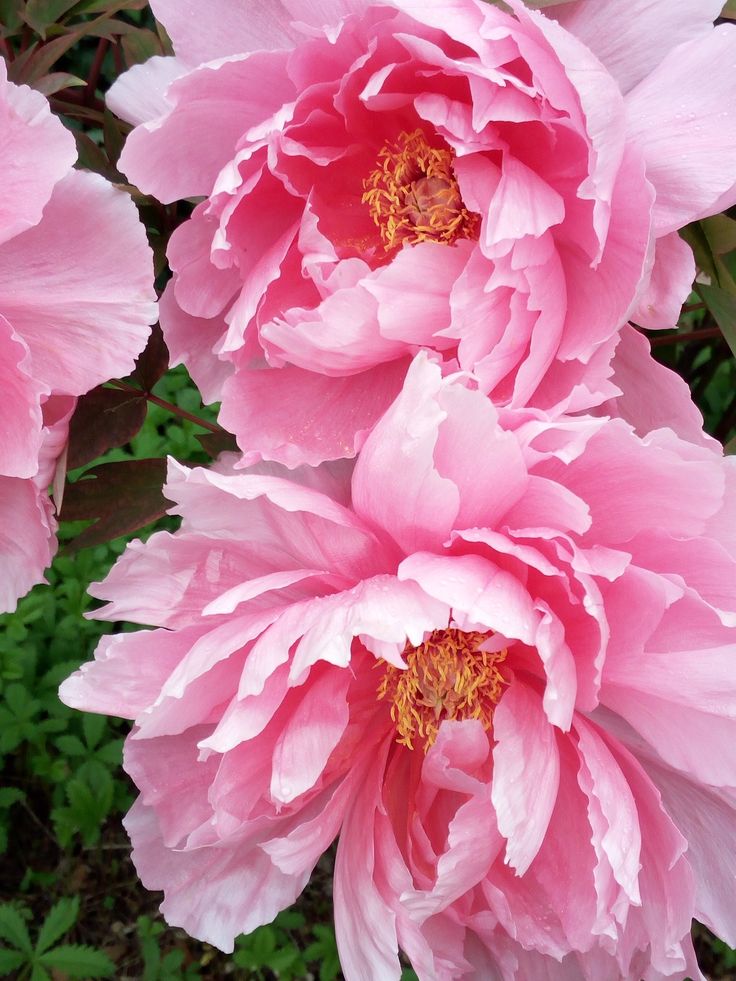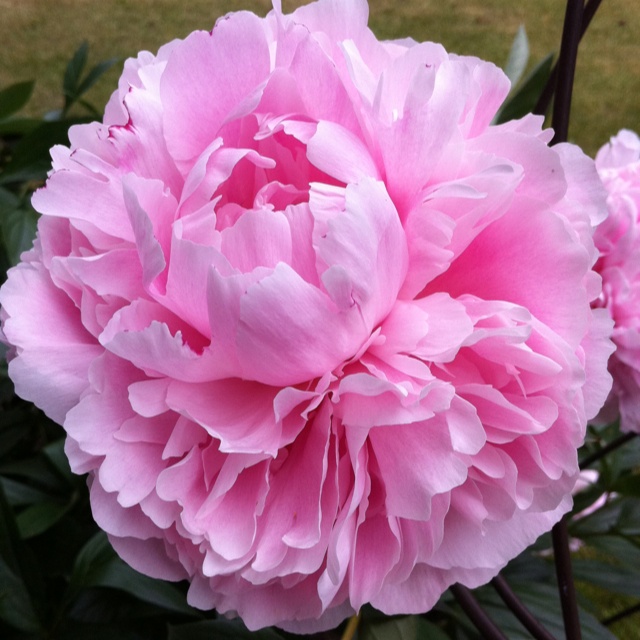Nurturing Peonies: Preventing Transplant Shock with Careful Attention
Transplanting peonies can be a delicate process, and ensuring their successful establishment in their new location requires careful attention and proactive measures to prevent transplant shock. By implementing proper preparation, handling, and aftercare techniques, you can minimize stress on peony plants and promote healthy root development and growth. Whether transplanting mature peonies or dividing and relocating existing plants, following these care tips will help mitigate the risk of transplant shock and set the stage for thriving peonies in their new environment.








1. Timing and Preparation
- Timing: Plan peony transplanting for early fall or early spring when plants are dormant to minimize stress and maximize root establishment before the onset of active growth.
- Preparation: Prepare the new planting site in advance by amending the soil with compost or well-rotted manure to improve fertility and drainage. Choose a location with well-drained soil and partial to full sunlight for optimal peony growth.
2. Digging and Handling
- Rootball Preservation: Dig a generous planting hole around the peony plant, ensuring to retain as much of the rootball as possible to minimize root disturbance. Dig at least 12-18 inches away from the plant base to avoid damaging the roots.
- Gentle Handling: Handle peony plants with care during the transplanting process to avoid damaging delicate roots and shoots. Lift and transport plants carefully, supporting the rootball to prevent it from breaking apart.
3. Planting and Watering
- Planting Depth: Set peony plants at the same depth as they were previously planted, with the eyes (buds) just below the soil surface. Planting too deeply can inhibit flowering, while planting too shallowly can expose roots to drying and damage.
- Watering: Water peony transplants thoroughly immediately after planting to settle the soil around the roots and reduce air pockets. Provide supplemental watering as needed to keep the soil consistently moist but not waterlogged during the establishment period.
4. Mulching and Protection
- Mulch Application: Apply a layer of organic mulch such as straw, shredded leaves, or wood chips around peony transplants to conserve soil moisture, regulate temperature, and suppress weed growth. Leave a gap around the plant base to prevent moisture-related diseases.
- Protection from Elements: Shield newly transplanted peonies from extreme weather conditions such as frost, strong winds, or excessive heat by providing temporary shade or windbreaks as needed. Protecting plants from environmental stressors promotes root establishment and reduces transplant shock.
5. Aftercare and Monitoring
- Regular Monitoring: Monitor transplanted peonies closely during the first growing season for signs of stress, including wilting, yellowing leaves, or stunted growth. Address any issues promptly to minimize their impact on plant health.
- Patience and Care: Be patient and attentive to the needs of transplanted peonies as they acclimate to their new environment. Provide ongoing care, including regular watering, mulch replenishment, and fertilization, to support root development and overall plant vigor.
Conclusion
Preventing transplant shock in peonies requires careful planning, handling, and aftercare to minimize stress and promote successful establishment in their new location. By following these care tips, you can ensure that transplanted peonies receive the attention and support they need to thrive and flourish. With proper preparation, gentle handling, and ongoing care, you can enjoy the beauty and resilience of peony plants in their new garden home for years to come.
FAQs (Frequently Asked Questions)
- How long does it take for transplanted peonies to establish in their new location?
- Transplanted peonies typically take 1-2 growing seasons to fully establish and resume normal growth and blooming. During this time, provide consistent care and monitoring to support root development and minimize stress on the plants.
- Can I divide and transplant peonies during the growing season?
- While it is possible to divide and transplant peonies during the growing season, it is generally best to wait until the plants are dormant in early fall or early spring for optimal success and minimal stress. Dormant transplanting allows peonies to focus on root establishment without competing demands for energy and resources.